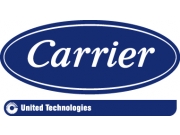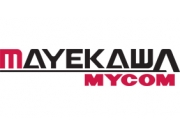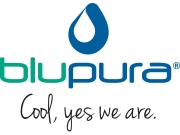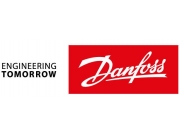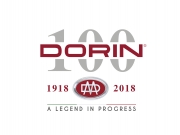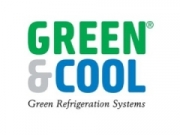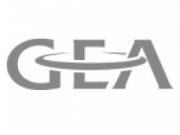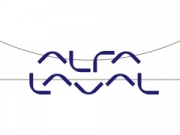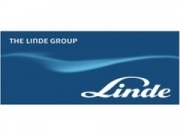Events
 |
Janusz Kozakiewicz - Policy tools for assessing and diminishing emissions of F-gases from equipment
PDF document
published on 11 October 2011
Kozakiewicz discusses the different tools available to policy makers for curbing emissions of f-gases from equipment, including direct tools (eg bans on most emissive uses, penalties for intentional venting etc) and indirect tools (eg training and certification of personnel, fee on f-gases), some of which are included in the framework of the EU F-Gas Regulation. Currently, Poland is considering going beyond the requirements of the F-Gas regulation by establishing mandatory equipment logbook keeping by operators of equipment containing at least 3kg of f-gases and establishing a Central Register of Operators where data from the logbooks are sent electronically each time f-gas containing equipment is installed, serviced or decommissioned, as well as introducing a POM fee for f-gases at the level of 0.75 €/GWP ton.
view presentation
End Users panel 1 |
 |
Smith Smith - CO2 as standard refrigerant: Obstacles and lessons learnt from the MIGROS experience
PDF document
published on 11 October 2011
Migros group is composed of more than 40 companies and cooperatives, with over 600 supermarkets across Switzerland. The group’s refrigeration systems cause and release significant amounts of GHGs. Migros has decided to replace fluorinated refrigerants with CO2 as a standard, because CO2 is: sustainable, energy efficient, and cost neutral in comparison to traditional systems. Today the company has over 100 installed CO2 systems, with the CO2 plants also offering effective heat reclaim. The company has gained many insights from their experience with CO2 and are now collaborating with the Swiss refrigeration sector to produce specific training material and opportunities.
view presentation
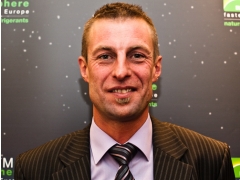 |
Knut Lutnęs - Integration of Natural Refrigerants in Coop Norway
PDF document
published on 11 October 2011
Today Coop Norway has 125 local cooperatives with around 1000 stores, representing 24% of the market share. The Coop Value Compass reflects distinctiveness and core values. Coop has almost 60 eco-labelled stores and Coop Extra is the only eco-labelled chain in Norway, fulfilling strict energy use and climate impact requirements. Along with the eco-label, the second driver for investment in natural refrigerants was a project to reduce 38 million kWh across Coop. The first natural refrigeration system was installed in 2001. Today Coop has 29 stores with transcritical CO2 refrigeration installations. These systems contribute a 15 – 20% energy reduction.
view presentation
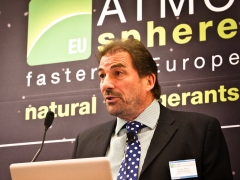 |
Robert Arthur - Marks and Spencer PLAN A and experiences with alternative refrigerants
PDF document
published on 11 October 2011
M&S adopted the Plan A strategy in 2007 setting out sustainability commitments. From 100 commitments Plan A was extended to include 180, to be achieved by 2015. Every year M&S publishes the document “How We Do Business” reporting on progress towards targets. Commitment 10.15 states that from 2010 all new installations will use CO2 secondary systems wherever possible and M&S should reduce GHG emissions from refrigeration by 50%. M&S is investing in “learning stores” to evaluate available technologies. For example at Ecclesall Road the refrigeration system is a hybrid a CO2 pump distribution system cooled by a primary hydrocarbon system.
view presentation
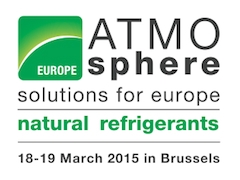 |
Jean-Michel Fleury - The rollout and experience of natural refrigerants based technology at Carrefour
PDF document
published on 11 October 2011
Refrigeration is a key concern for Carrefour and the company Executive Committee recognises the increasing contribution to total GHG emissions of HFCs and HCFCs. To take action on this issue Carrefour will begin phasing out these refrigerants by 2015 and replace them with HFC-free alternatives. The company has already reduced the volume of refrigerants used in the group, but aims to do more. Carrefour is testing 18 sites using natural refrigerants in France, Italy and Turkey, with two sites using 100% natural working fluids CO2 and ammonia. The company is now preparing to roll-out hybrid CO2/R134 installations.
view presentation
Technology session 1: Case Studies |
 |
Raphael Gerber - Waste heat recovery of a transcritical CO2 system with adsorbtion technology
PDF document
published on 11 October 2011
A pioneering design makes it possible to use the waste heat of transcritical CO2 refrigeration systems to drive an adsorption chiller in summer that generates additional cooling and thus supports the CO2 refrigeration unit. The overall efficiency of the CO2 transcritical system is raised by cooling the refrigerant additionally after the gas cooler on the one hand and on the other hand by lowering the high pressure. The two systems can very well be combined because of their demand and supply characteristics, as high ambient temperatures lead to high waste heat in the refrigeration system and this is when additional cooling from the adsorption chiller is especially effective. It is expected that this combination will lead to yearly energy savings of the refrigeration unit of around 8%.
view presentation
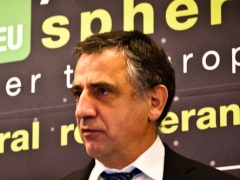 |
Alexander Cohr Pachai - R290 chillers and R600a heat pumps replacing a R22 system in a hospital
PDF document
published on 11 October 2011
The case study presents findings of a project for the Åarhus University Hospital, Skejby where the first hydrocarbon chillers were installed in 2003. As the hospital has been expanding over time, new R290 units have subsequently been added. The latest installation in November 2010 also included two heat pumps based on iso-butane (R-600a). In addition to the 9 chillers, special application chillers have been working at different temperature levels. In total, 15 chillers are currently operating on site. All systems were supplied by Johnson Controls. The chillers were installed in a separate courtyard with no access for the public and unauthorised personnel.
view presentation
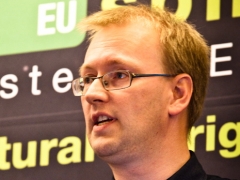 |
Asbjorn Leth Vonsild - Energy consumption of second generation CO2 refrigeration system
PDF document
published on 11 October 2011
The case study presents results from a 1 year test period from a transcritical booster system installed in the Danish supermarket chain, Fakta. The chain owned by Coop Denmark has experienced significant savings in their energy consumption with their second generation transcritical booster system. It has now been documented that you can save energy with a transcritical booster system with gas by pass. Measurements indicate up to 10% energy savings compared to conventional HFC – systems. The results also show a technology improvement since 2007 where the first generation transcritical system was installed.
view presentation
